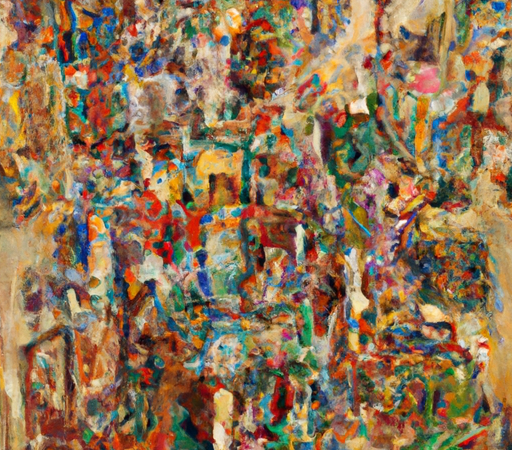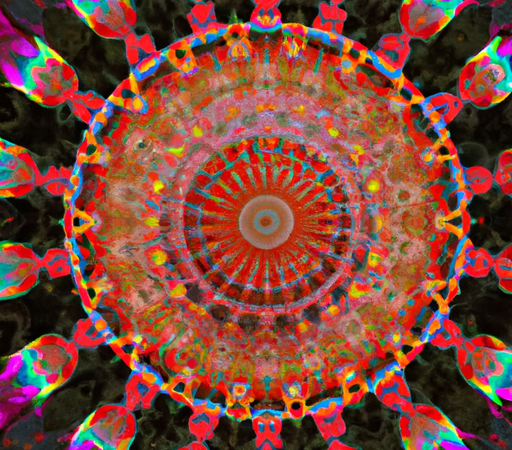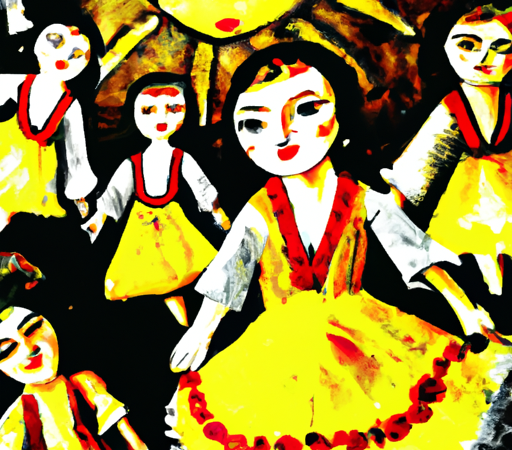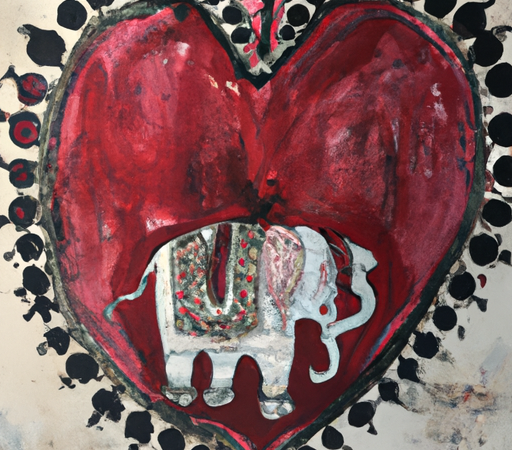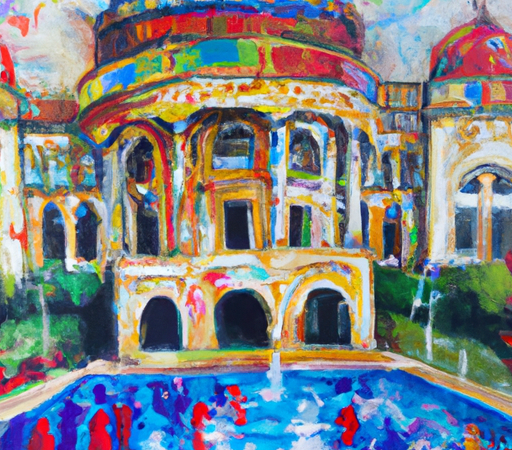Discovering the Ancient Secrets: Unveiling the History of Famous Art Masterpieces
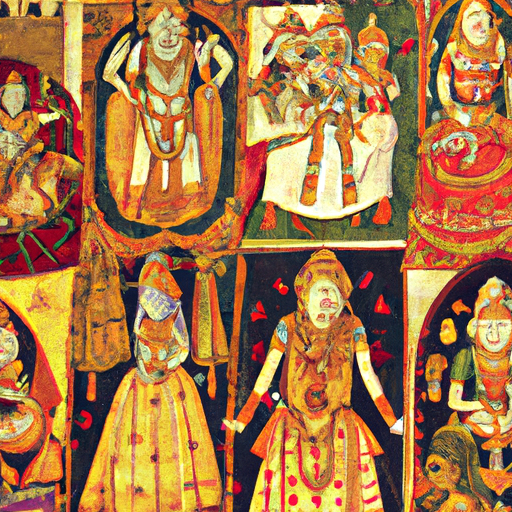
Discovering the Ancient Secrets: Unveiling the History of Famous Art Masterpieces
Art is a universal language that has captivated humanity for centuries. Whether it's a vibrant painting, a striking sculpture, or an intricately crafted artifact, art has the power to preserve and communicate the stories and emotions of ancient civilizations. As we delve into the history of some of the most famous art masterpieces, we not only uncover their aesthetic beauty but also the fascinating secrets they hold from the past.
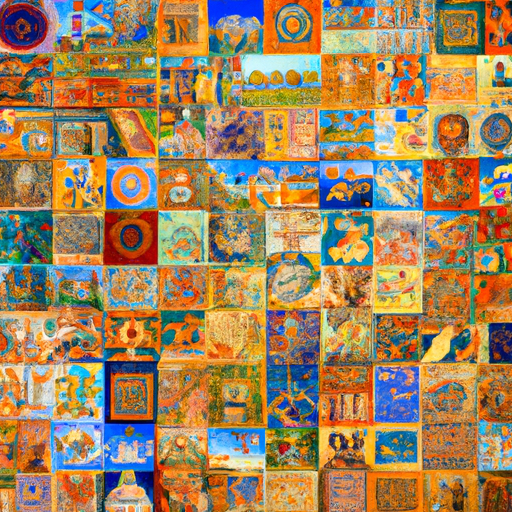
One such masterpiece that continues to mesmerize art enthusiasts worldwide is Leonardo da Vinci's Mona Lisa. This iconic painting, completed in the early 16th century, continues to intrigue viewers nearly five centuries later. The secret behind her enigmatic smile has puzzled generations, but recent scientific analysis has shed light on the techniques employed by the Renaissance master. Examination using infrared technology revealed the layers of the painting, showcasing Leonardo's meticulous craftsmanship and his ability to create subtle shifts in tone and texture. This discovery allows us to appreciate the masterpiece not only for its aesthetic value but also for the extraordinary skill and innovation employed by da Vinci himself.
Moving further back in time, we encounter ancient masterpieces such as the Pyramids of Giza in Egypt. These colossal structures, built over 4,500 years ago, have fascinated historians since their discovery. The Pyramids' construction techniques offer an insight into the advanced engineering knowledge possessed by the ancient Egyptians. Complex mathematical calculations, precise alignment with celestial bodies, and the use of ramps and levers affirm the architectural brilliance of this ancient civilization. The Pyramids stand tall as a testament to the creativity, intelligence, and dedication of the people who built them, preserving their history for millennia.
Traveling to the far east, we encounter the Terracotta Army in Xi'an, China. Discovered in 1974 by local farmers, this archaeological marvel consists of over 8,000 life-sized statues of soldiers, horses, and chariots. Crafted during the reign of the first emperor of China, Qin Shi Huang, around 210 BCE, the Terracotta Army remains one of the most significant archaeological finds in history. Each statue bears intricate details, showcasing the diversity and skill of ancient Chinese artisans. The discovery of this rare treasure has not only led to a deeper understanding of ancient Chinese military tactics but has also provided glimpses into the customs and beliefs of this ancient civilization.
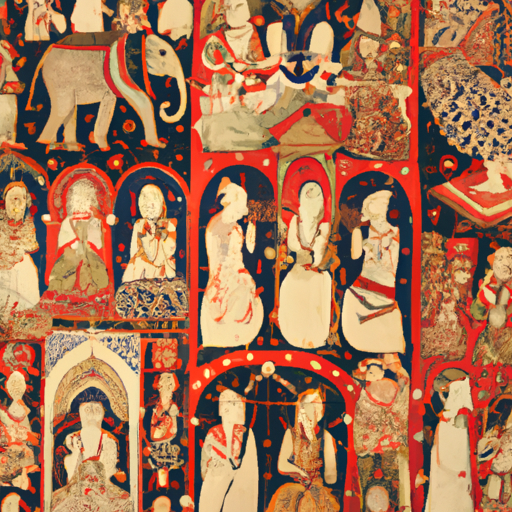
The beauty of art masterpieces lies not only in their physical appearance but also in the stories they carry from our past. From cave paintings in Lascaux, France, dating back 17,000 years, to the expansive frescoes of the Sistine Chapel painted by Michelangelo during the Renaissance, each masterpiece offers a window into the beliefs, traditions, and values of ancient societies.
However, it is not only the art itself that holds secrets from the past. The discovery and preservation of these artworks are often stories in their own right. The recovery of Van Gogh's Sunflowers, stolen from the National Gallery in London in 1978, or the discovery of Gustav Klimt's Portrait of a Lady, recovered from an Italian gallery 20 years after being stolen, remind us of the ongoing efforts to safeguard our cultural heritage.
As we peel back the layers of these art masterpieces, we not only admire their beauty but also gain insights into the human experience throughout different eras. The secrets they hold provide a glimpse into the lives, skills, and beliefs of our ancestors, connecting us to our past and enriching our understanding of the world. These art masterpieces continue to inspire awe and wonder, transcending time and generations, and reminding us of our shared history and the incredible creativity of human beings throughout the ages.

